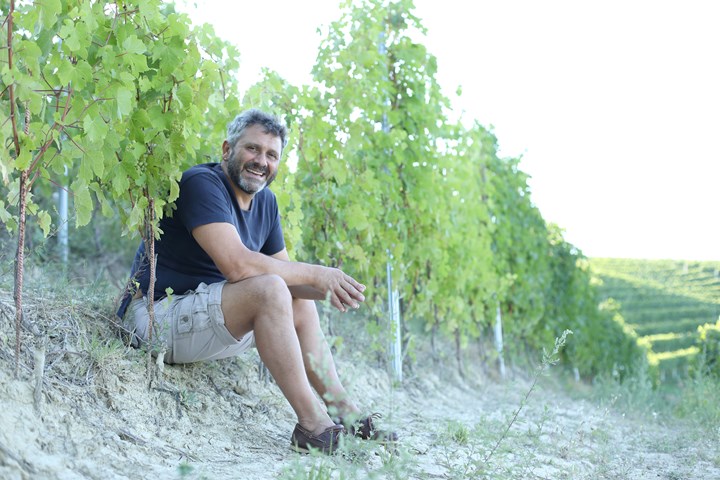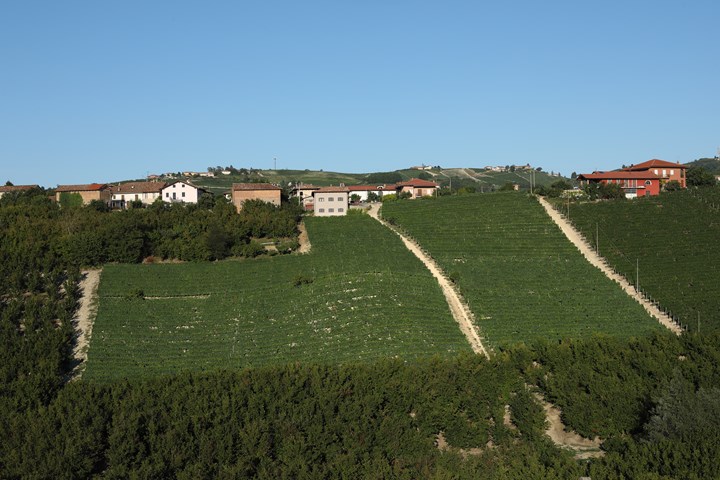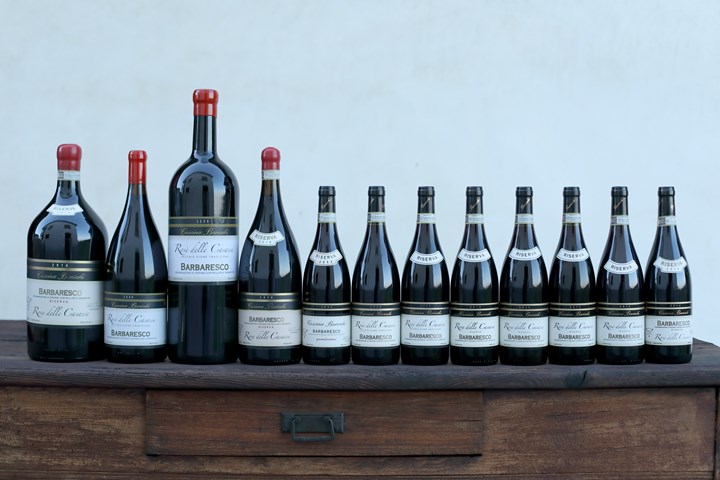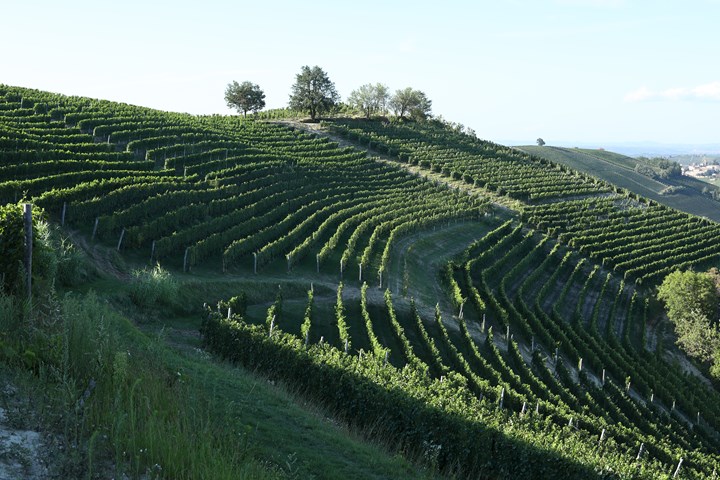
Which site would you like to visit?
By clicking the retail or wholesale site button and/or using rarewineco.com you are choosing to accept our use of cookies to provide you the best possible web experience.




Virtually hidden in Piemonte’s rich history is the story of a forgotten cousin of Nebbiolo, called Nebbiolo Rosé. Though a component of many great Barolos and Barbarescos of the past, it suffered from tiny yields and relatively light color—hence the variety’s name. Yet, these deficiencies were more than made up for by the wines’ sensual texture and haunting perfume.
Sadly, Nebbiolo Rosé all but died out, replaced by Nebbiolo clones known for their productivity and deeper color. By the late 1970s, only a handful of producers still grew it, including two giants of the past. One was Vietti’s Alfredo Currado—in Barolo's Briacca cru—and the other was Enrico Giovannini-Moresco, whose Barbaresco Podere del Pajoré was entirely planted to Nebbiolo Rosé. Sadly, neither wine was made after 1982.
Nebbiolo Rosé has developed a cult following in recent years, thanks largely to the occasional old bottle of Giovannini-Moresco’s Barbaresco that surfaces. Yet, few modern Barolos or Barbarescos continue that rich heritage.
Fortunately, Natale Simonetta’s Cascina Barrichi has today emerged as the clone’s great champion. When Natale took over in 1989, the estate was blessed with a parcel of 100+year-old Rosé vines in the historic, but unclassified, Casasse cru. Natale slowly experimented with this variety on its own, releasing only 3 vintages of Rosé delle Casasse before 2010, but the wine’s haunting personality drew him in, and it slowly became the focus of his work.
There’s an interesting history to many of the Langhe’s greatest wines. But even within that context, Rosé delle Casasse Riserva stands out. And it begins with the vines themselves: twenty rows of Nebbiolo Rosé planted in 1913 on a west-facing slope of clay, sand-and-limestone Sant’ Agata marl, on the border of Neive and Neviglie.
Vines this old are almost non-existent in the Langhe, and old Nebbiolo Rosé vines are rarer still. With only twenty rows of the original vines having survived, Casasse’s Rosé is a Barbaresco treasure. They represent one of the last ancient plantings of a distinct Piemontese grape variety, in a remote, little-known place chosen to optimize its qualities.
There’s also the grower and winemaker, Natale Simonetta, whose great-grandfather was Angelo Gaja’s grandfather. But unlike the Gajas—who’ve been growers for 150+ years—Natale’s family bought their first vines in 1979, when they acquired the Cascina Baricchi estate.
At first, they only made wine to sell to local families and restaurants in demijohn. But that was enough to inspire Natale to attend France’s highly regarded Montpellier wine school, followed by stages in Champagne and Burgundy. Those experiences—coupled with his genes—produced one of the most inquisitive, yet traditional, winemakers in the Langhe.
He takes full advantage of Casasse’s windswept exposure to farm his vines naturally. The cool aspect also increases the grape’s hangtime, allowing the development of greater complexity. This allows him to pick as much as three weeks after his neighbors, yet at lower sugar levels.
In the cellar, Natale crushes the grapes by foot for the gentlest extraction possible. He then ferments and macerates for 30+ days, using the ultra-traditional capello sommerso for the last couple weeks. That gives the wine its firm structure. To maximize the wine’s expressiveness, Natale gives it three years aging in used 500 to 800-liter barrels, followed by bottling with a minimum of sulfur.
And while Rose delle Casasse is the estate’s standard-bearer, there is another masterpiece in the Barbaresco Riserva “Quindicianni”. While this cuvee once included another rare clone named Michet in the blend, it has transitioned to 100% Rosé too with the 2007 vintage. This wine is aged even longer, with 5 years in barrel followed by 10 years in bottle before release. Both of these Barbarescos give a unique voice to the region’s heritage.
New discoveries, rare bottles of extraordinary provenance, limited time offers delivered to your inbox weekly. Be the first to know.
Please Wait
Adding to Cart.
...Loading...


By clicking the retail or wholesale site button and/or using rarewineco.com you are choosing to accept our use of cookies to provide you the best possible web experience.

